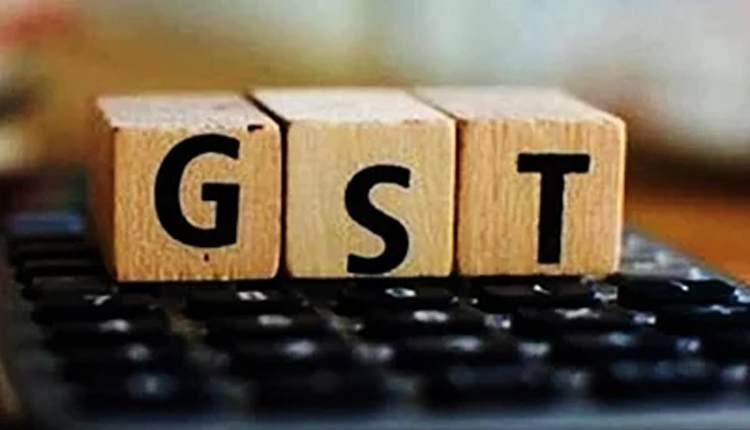Mumbai: In a significant development ahead of the upcoming GST Council meeting, eight Opposition-ruled states have raised strong objections to the Centre’s proposed reforms under the GST 2.0 framework. These states are expected to formally present their concerns during the council deliberations, demanding a more equitable and transparent restructuring of the Goods and Services Tax system.
The states — Karnataka, Himachal Pradesh, Jharkhand, Kerala, Punjab, Tamil Nadu, Telangana, and West Bengal — have collectively questioned the rationale behind the Centre’s proposal to revise the revenue-sharing formula. The new formula reportedly suggests reducing the compensation threshold from ₹2 lakh crore to ₹1.5 lakh crore, a move that opposition leaders argue could disproportionately affect state finances.
According to sources, the Centre is pushing for a phased implementation of GST 2.0 over the next three to four years, aiming to streamline tax slabs and enhance compliance. However, the Opposition bloc contends that the proposed changes lack adequate consultation and may undermine the fiscal autonomy of states.
Finance ministers from these states have expressed concern that the reforms could lead to a centralised tax regime, diluting the federal spirit of the GST framework. They are also demanding a mechanism to ensure timely compensation and a fair share of revenue, especially for states with higher welfare expenditures.
The Opposition leaders are expected to press for a detailed review of the reform blueprint and seek amendments that reflect the diverse economic realities across India. With nearly 40% of GST revenue coming from these states, their collective stance could significantly influence the outcome of the council meeting.
The Centre, meanwhile, maintains that the reforms are essential to simplify the tax structure and improve efficiency. A senior official stated that the government is open to dialogue and will consider constructive suggestions during the council discussions.
As the GST Council prepares to convene, all eyes are on the evolving dynamics between the Centre and the states — an interaction that could shape the future of India’s indirect tax regime.



Comments are closed.